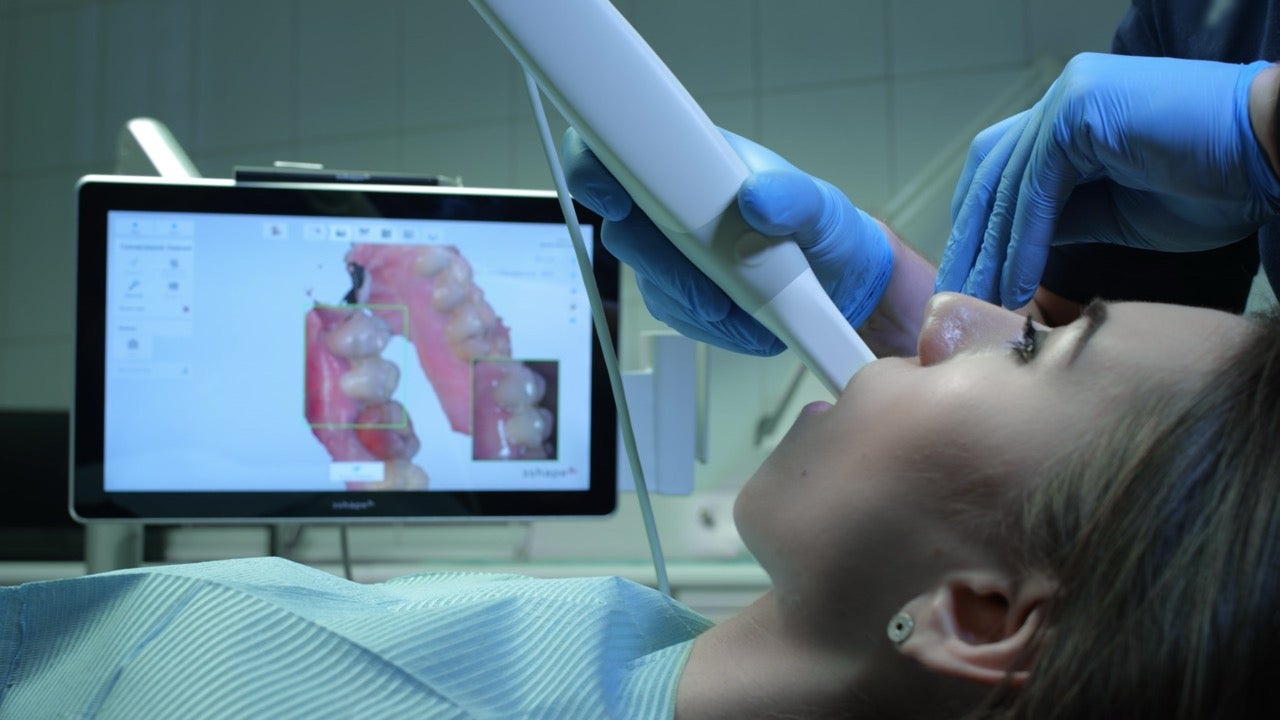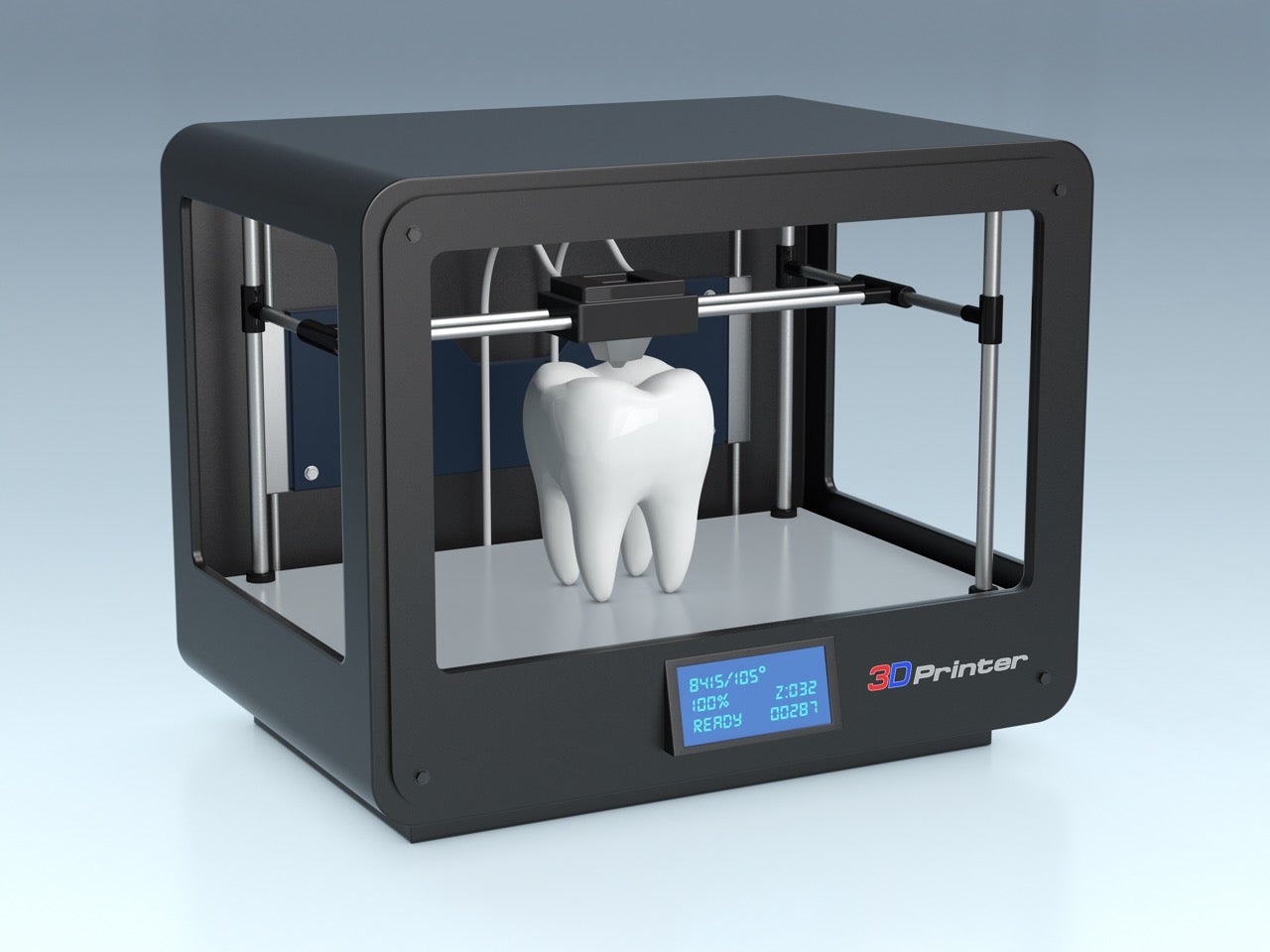Information Library
Start Reading
From smartphones to smart homes, digital technology is transforming every part of our lives, and dentistry is no exception. From quick, mess-free impressions to same-day crowns, digital dentistry is making dental care faster, easier, and more comfortable than ever. Dr. Yu-Cheng Chang, Assistant Dean of Emerging Technology in Patient Care and Clinical Director of the Periodontal Clinic at Penn Dental Medicine (PDM), explains how these cutting-edge advancements are reshaping dental practices and enhancing patient experiences.
Dr. Chang answers five key questions about how digital dentistry is changing dental care.
Digital dentistry offers greater accuracy, efficiency, and patient comfort through advanced technologies such as 3D imaging and digital impressions.
offers greater accuracy, efficiency, and patient comfort through advanced technologies such as 3D imaging and digital impressions.
In the past, digital impressions in dentistry for a crown or bridge would use a gooey, gel-like substance called alginate. Dr. Chang explains that this is a messy, sometimes uncomfortable experience that can last several minutes and cause a gagging reflex.
In contrast, a digital intraoral scan uses a small wand-like instrument to capture images of the teeth and gums. It then transfers the information to a digital file that can be accessed on-screen and is used to create a 3D model. The process is much less invasive, and “It gives us great accuracy, speed and patient comfort,” Dr. Chang says. “And the best part of this scanning information we acquired through digital technology is that it can be shared with you chair-side. You’ll be able to understand each step of what the dentist plans to do.”
When it comes to digital imaging in dentistry, “We have more than a dozen optical scanners to replace the gooey impression material used before,” Dr. Chang shares. PDM also combines low-dose cone beam CT scans to create a 3D image of bones, nerves, and other structures. “The best part is that we have an in-house design and milling center to produce restorations such as crowns. That means, patients may be able to walk in without a tooth and walk out with the teeth and the crown on the same day.” Digital dentistry also assures better quality results due to its precision.
 As a periodontist, Dr. Chang uses digital dentistry daily. Typically, he goes through these steps:
As a periodontist, Dr. Chang uses digital dentistry daily. Typically, he goes through these steps:
Afterward, all this information is stored digitally in the cloud. If something happens in the future or it needs to be redone, the patient won’t need to go back to the dental chair to repeat the entire process. The file can be downloaded and 3D printed again.
“Patients almost always mention comfort first,” Dr. Chang says. Putting material in the mouth to make alginate impressions is uncomfortable and messy. Digital technology gets rid of that, “and patients love that. Children think the scan is cool, too.”
Patients also appreciate the convenience of getting a crown in one appointment instead of two or three. Patients also spend less time returning for adjustments because the measurements are much more precise. And, if they need a replacement for something, they can just call and order it.
 Opportunities are enormous for digital dentistry, says Dr. Chang. “It’s about giving patients faster, safer, and more predictable care.”
Opportunities are enormous for digital dentistry, says Dr. Chang. “It’s about giving patients faster, safer, and more predictable care.”
As technology advances, AI will play a more significant role, and results will become more accurate and precise. And, as technology becomes more portable, it will be easier to travel with the machines and see patients in more remote locations. “The biggest challenge will be staying on top of the latest advances because of the speed digital dentistry is moving forward daily,” notes Dr. Chang.
At Penn Dental Medicine, the future of dentistry is here, and it’s all about precision, convenience, and healthier smiles. Watch Dr. Chang’s complete video to learn more about our cutting-edge digital dentistry solutions. If you need periodontal services, ensure a fast, comfortable experience that will make you smile. Make an appointment today by completing this form or calling us at 215-898-8965.